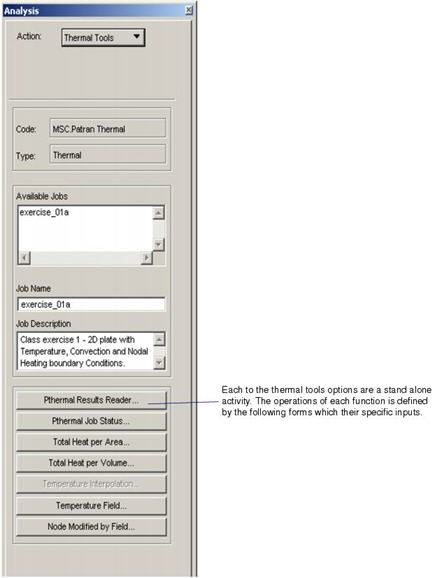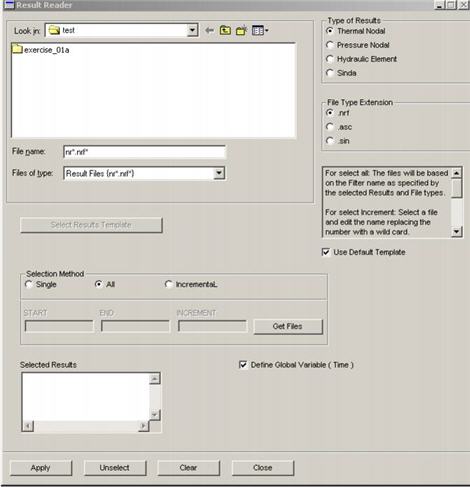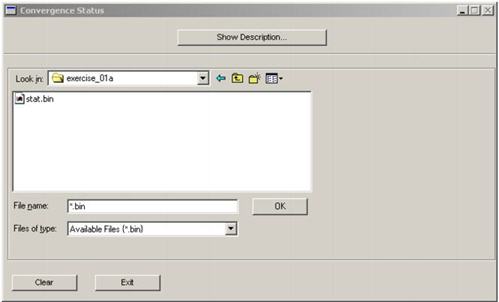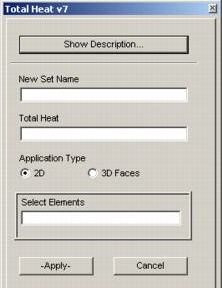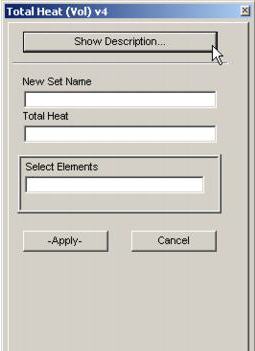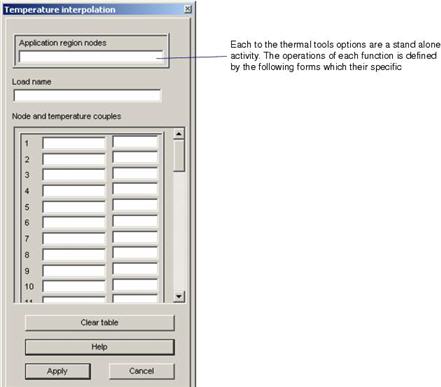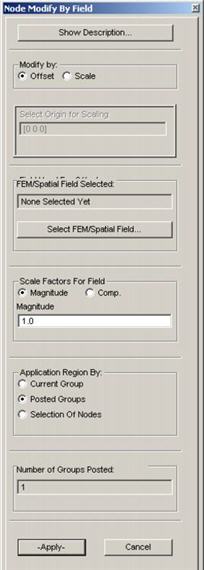XXXXXXXXXXXXXXXXXXXXXXXXXXXXXXXXXXXXXXXXXXXXXXXXXXXXXXXXXXXXXXXXXXXXXXXXXXXXXXXXXXXXXXXXXXXXXXXXXXXXXXXXXXXXXXXXXXXXXXXXXXXXXXXXXXXXXXXXXXXXXXXXXXXXXXXX''"> Thermal Tools
Several of the PCL shareware tools for Pthermal have been moved to Pthermal’s Analysis Form when the action selected is Thermal Tools. Most of these function perform just as they did in the past except for the convenience of getting to them.
Pthermal Results Reader
The Results Reader allows the user to see and select specific results files based on the type of results, file extension and various selection methods. The automatically created template files associated with the specific results will be used if it exist. Specific user template files can be used if the user so selects.
Pthermal Job Status
The Job Status allows the user to get a plot of the convergence status to be obtain during execution or after the job has completed. This will access the stat.bin file extracting the results and making a XY plot of the convergence factor and relaxation factor versus the iteration number for both transient and steady state runs.
Total Heat per Area
The Total Heat per Area allows the user to specify a total heating load over a given area. The user specifies the heating and then follows it up with the element 2D surfaces or 3D faces that the heating is to be distributed over. The proper flux is then determined and a heat flux boundary condition is applied to each of the nodal subareas. Later the user can edit the boundary condition through the normal Loads/BCs forms.
Total Heat per Volume
The Total Heat per Volume allows the user to specify a total heating load that is to be applied over some group of 3D elements evenly. The total heat load is specified and the group of 3D elements it is to be distributed over is selected and the proper volumetric heat flux is determined. The resultant boundary condition can be edited through the normal Loads/BCs forms.
Temperature Interpolation
The temperature interpolation function does????
Node Modified by Field
One can modify the node location or field by a given offset or by using a scalar function. All modification must be done in the global co-ordinate system.
